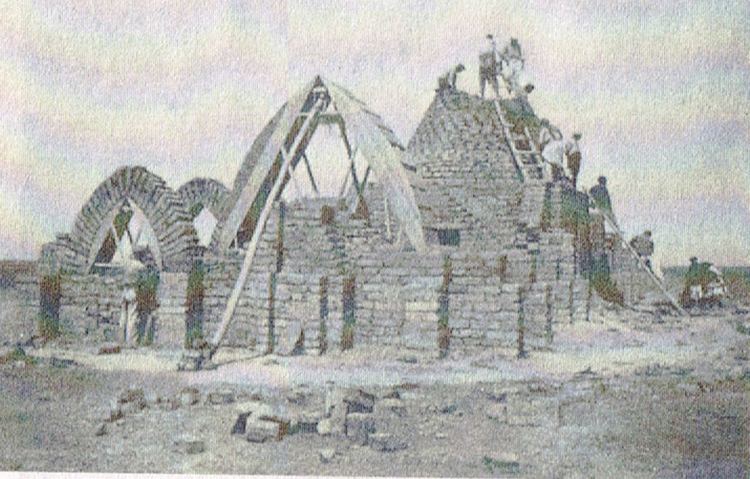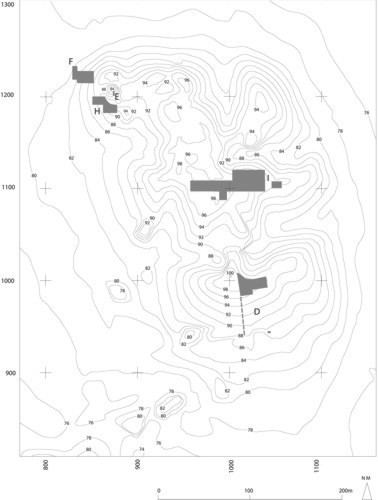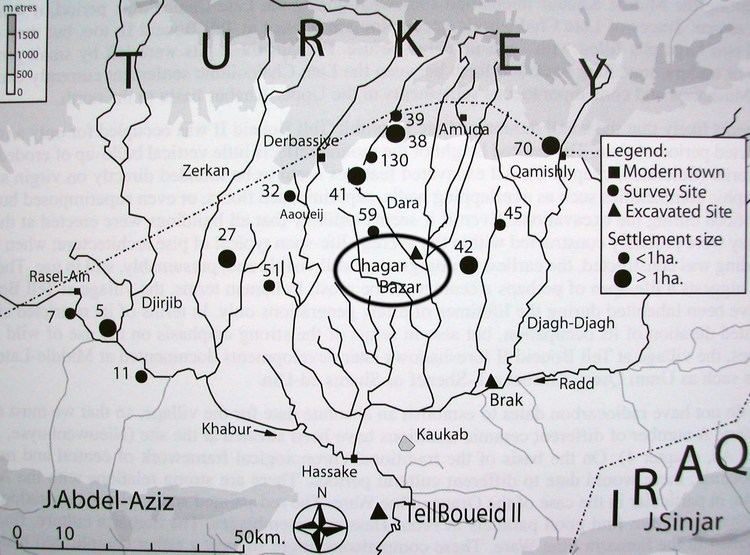Type settlement Abandoned ca. 2,000 BC Cultures chagar culture | Founded ca. 6,000 BC | |
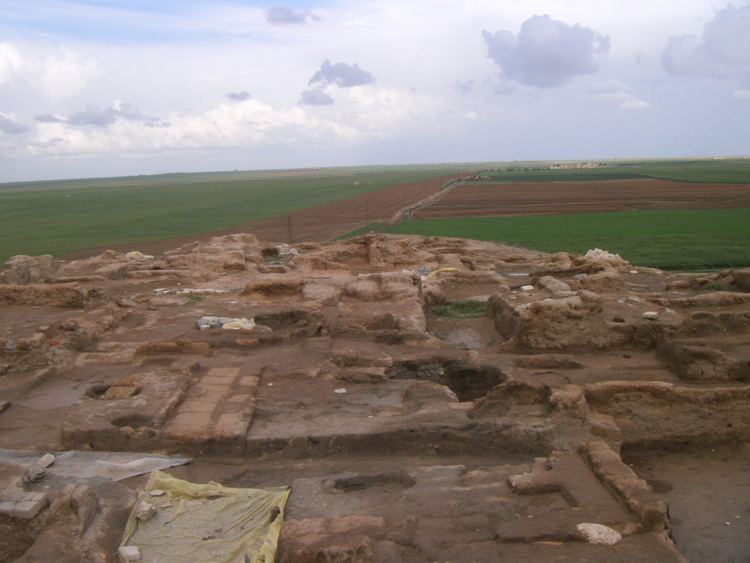 | ||
Location Al-Hasakah Governorate, Syria | ||
chagar bazar ger axer bazar
Chagar Bazar (Šagir Bazar, Arabic: تل شاغربازار) is a tell, or settlement mound, in northern Syria.
Contents
- chagar bazar ger axer bazar
- History of archaeological research
- Chagar Bazar and its environment
- Occupation history
- References
History of archaeological research
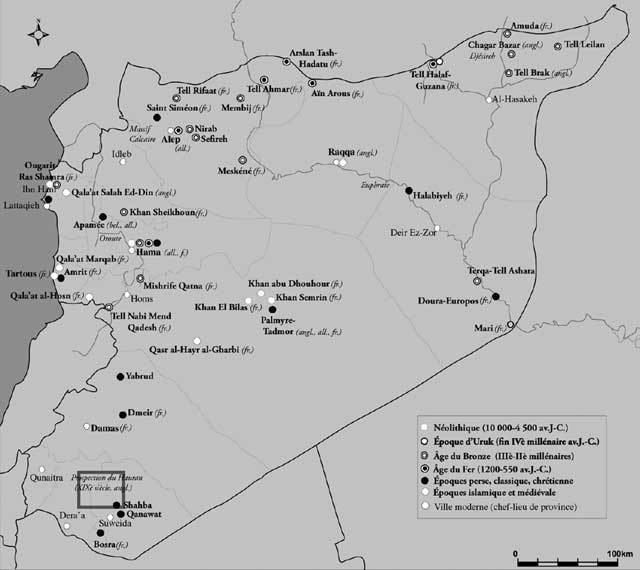
Chagar Bazar was excavated by the British archaeologist Max Mallowan, with his wife Agatha Christie, from 1935 to 1937. Many of the artefacts discovered were brought to the British Museum. Besides pottery, a large number of clay tablets written in cuneiform script were discovered. Work was resumed at the site in 1999 by an expedition from the British School of Archaeology in Iraq in cooperation with University of Liège archaeologists and the Syrian Directorate-General of Antiquities and Museums. During these excavations, which ended in 2002, 214 cuneiform tablets were recovered.
Chagar Bazar and its environment
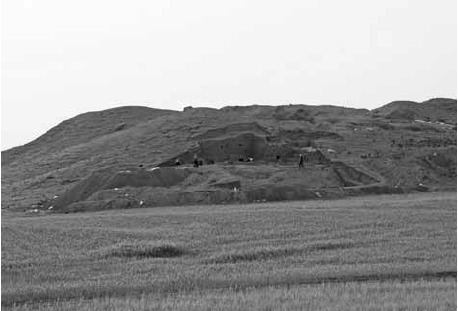
Chagar Bazar is located in Al-Hasakah Governorate, approximately 35 kilometres (22 mi) north of Al-Hasakah, on the Wadi Dara, a tributary to the Khabur River. The ancient site measures approximately 12 hectares (30 acres).
Occupation history
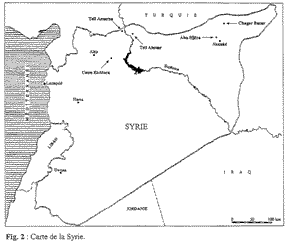
Chagar Bazar was already settled in the Neolithic. Excavations revealed pottery belonging to the Halaf and Ubaid cultures. By the Early Bronze Age, in the third millennium BC, Chagar Bazar had turned into a small town with the size of 12 hectares / 30 acres. The site appears to have been abandoned by the end of the third millennium BC. It was resettled and was known as Asnakkum at the beginning of the Middle Bronze Age. Hurrians also occupied the city and fine examples of the Khabur ware pottery dating to this period have been discovered by the excavators.
